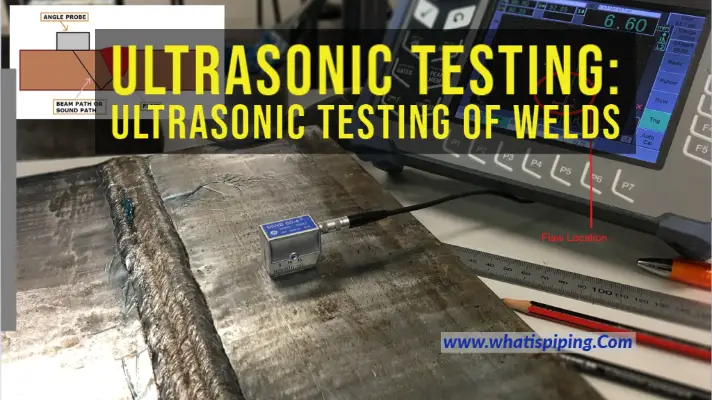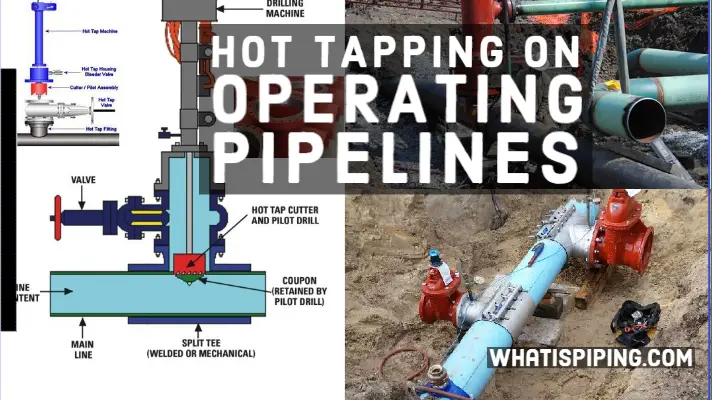When a piece of new equipment is manufactured, it has the potential for countless errors. With an increase in the machine’s complexity, the error potential also increases. It is, therefore, required to test the equipment to find out if the equipment is working as needed without errors. This test is known as the factory acceptance test which is popular by its acronym “FAT”. In this article, we will explore more about FAT, its definition, purpose, steps, examples, checklist, and differences with the site acceptance tests (SAT).
What Is Factory Acceptance Testing or FAT?
Factory Acceptance Testing (FAT) is a test performed for newly manufactured and packaged equipment by the vendor prior to shipping to ensure the equipment meets its intended purpose. This optional test is performed once the design and fabrication of the equipment are complete following approved test plans as agreed with the client. The FAT ensures that the equipment meets all the client requirements as mentioned in the purchase order specifications.
Purpose of a Factory Acceptance Test
The factory Acceptance testing or FAT guarantees that the equipment is complying with all the requirements and are ready to be commissioned without any problem. This test is performed at the factory and is beneficial for both the end users and the manufacturer. Any functional issues are identified before the equipment leaves the factory premise and can easily be rectified by the manufacturer. Thus FAT helps in controlling the project timeline and cost.
Even though, FAT is optional, it must not be skipped. If any problem is found after the equipment is installed, it may result in costly shutdowns. So, a factory acceptance test provides a number of other benefits like:
- Accessibility requirements for operation and maintenance are checked.
- The location of tie-in connection points is ensured at the proper location.
- Electrical connections are checked.
- Equipment-related documentation is verified.
- Equipment complying with the project-related drawings and specifications is ensured.
- Hands-on training for the equipment operation can be taken from the manufacturer who knows all the nitty-gritty of the equipment.
- Meeting the design, engineering, and fabrication team in person
Difference between a Factory Acceptance Test and a Site Acceptance Test
A Factory Acceptance Test is performed before the equipment is delivered. On the other hand, A Site Acceptance Test or SAT is conducted once the equipment is installed at the site. So, SAT is performed after FAT along with all interfaces and peripherals in the working environment of the equipment. The major differences between a Factory acceptance test and a Site acceptance test are provided in Table 1 below:
| Factory Acceptance test | Site Acceptance Test |
| The factory Acceptance test is performed at the factory workshop. | The site acceptance test is performed at the construction site. |
| A factory Acceptance test is performed before the equipment is shipped from the manufacturer. | A site acceptance test is performed once the equipment is installed at the site. |
| The duration of FAT is short. | SAT is usually longer. |
| Testing in factory acceptance test is done only to check the equipment. | The site acceptance test is done with all interfaces connected. So, it ensures the actual working in the site conditions. |
| As the factory acceptance test is performed inside the manufacturing facility, the environment is not extreme. | The site environment during the test may be totally different from the FAT environment. |
| Detailed documentation is prepared for the factory acceptance test. | The documentation is not much detailed in the case of the site acceptance test. |
Steps for Factory Acceptance Test
Factory acceptance testing is usually performed following the below-mentioned steps:
Planning for the FAT:
The first step is the proper planning for the FAT. All details mentioned in the customer’s order specification should be studied thoroughly. All applicable standards and drawings need to be checked to find out the FAT scope. All related reference documents must be kept ready. Some such documents are:
- Customer scope and specifications.
- Applicable Codes / References.
- Relevant drawings like GA, P&ID, etc.
- Equipment or component datasheets.
- ITP (Inspection Test Plan).
- FAT Checklists and Procedures.
- Calibrations and Certifications as required by contract.
Testing:
During the factory acceptance testing, various parameters are inspected and ensured. Usually, the following things are addressed during a FAT:
- Comprehensive inspection: In this stage, a range of conformity checking and verifications are performed. Any job-specific requirements as stated in the customer specifications are also ensured.
- Contract Audit: To ascertain that all contractual obligations are taken care of.
- Raw data is taken, recorded, and submitted to the customer to prove the functionality.
- Along with the customer representative, various drawings like GA, P&ID, and electrical drawings are reviewed to verify their correctness.
- NDE, Coating, Transportation, or Storage Procedures are reviewed.
Factory Acceptance Test Result
All the findings from the test are documented. If there is any deviation found during the FAT from the expected working condition the same is studied and corrected. The reason for the deviation and what corrective actions are taken are also documented. If there is any deviation from the client’s requirements the same is also documented and informed to the client for their approval. Once all the modifications are corrected, the equipment is retested to find compliance with the requirements.
Who should participate in the FAT?
As the factory acceptance test is performed at the manufacturer’s workshop, all the key engineers should participate in the testing. Sometimes, the client is also invited for taking part in the test. There could be a requirement of 3rd party approval for the test. So, overall the following professionals should participate in the FAT:
- Manufacturer engineers and managers.
- Client representatives (Plant engineers, maintenance personnel, etc).
- 3rd party inspectors.
Having more participants during testing increases efficiency. Also, in case of any problem, the same can be discussed mutually to arrive at a quick resolution.
Who is responsible for the Factory Acceptance Test?
Performing a factory acceptance test is the responsibility of the equipment manufacturer. However, the requirement of FAT shall be specified in the scope document. Once the factory acceptance test is included in the project scope, there is no extra cost for the test.
Factory Acceptance Test Checklist
A factory acceptance test checklist is an important tool to ensure that all important components are inspected during the FAT. A factory acceptance test checklist reduces costly project delays by ensuring all details are taken care of during the FAT. Even though the actual FAT checklist varies from equipment to equipment, in general, the following check-points are included:
- Scope of the FAT indicating the specific tests required.
- Applicable codes and standards: These ensure that the exact code and standard requirements are followed for the FAT.
- Reference documents: It verifies if all the relevant documents are available and referred to.
- Testing equipment: Additional instruments like gauges, speedometers, etc are available during the test.
- P&ID and GAD: To verify the design and installation are as per the P&ID and GAD requirements. P&ID also ensures that the Tie-ins and interfaces are as per the requirement.
- Equipment nameplate
- Pressure test requirements
- Drain connections, type, size, and location.
- Material of Construction verified.
- Vacuum test requirements if any
- Component functional tests
- Controls verified.
- Welding verified.
- Overall dimension verified.
- Documentation
- Deviations if any
- Punch list if any
- Corrective actions are performed.
Factory Acceptance Test Examples
All critical and complex equipment and components must be checked at the manufacturer’s premises and a factory acceptance test shall be performed. Factory acceptance tests are normally performed for equipment that will severely impact the schedule, installation, and handover in case there is any problem with the equipment. The requirement of FAT is dependent on the owner. Some examples of common equipment that undergo FAT are:
- Compressors
- Reactors
- Pressure vessels
- Pumps
- Calibrated Pressure Gauges and Chart recorders
- Turbines and Generators
- Critical Valves
- Hand tools
- Voltmeter, Ohmmeter, etc
Duration of Factory Acceptance Test
The factory acceptance test duration varies based on the type of plant and equipment. In general, each FAT can range from a few hours to 3 days.
Common Factory Acceptance Test issues
The common issues that are found during a factory acceptance test are:
- Poor quality of equipment or component parts.
- Technical details are not followed 100%.
- Changes in MOC.
- Deviations from Standards or drawings.
- Missing tag numbers for identification.
All such issues are usually discussed with the client and mutually resolved.









Thanks for sharing your thoughts on this topic with us.